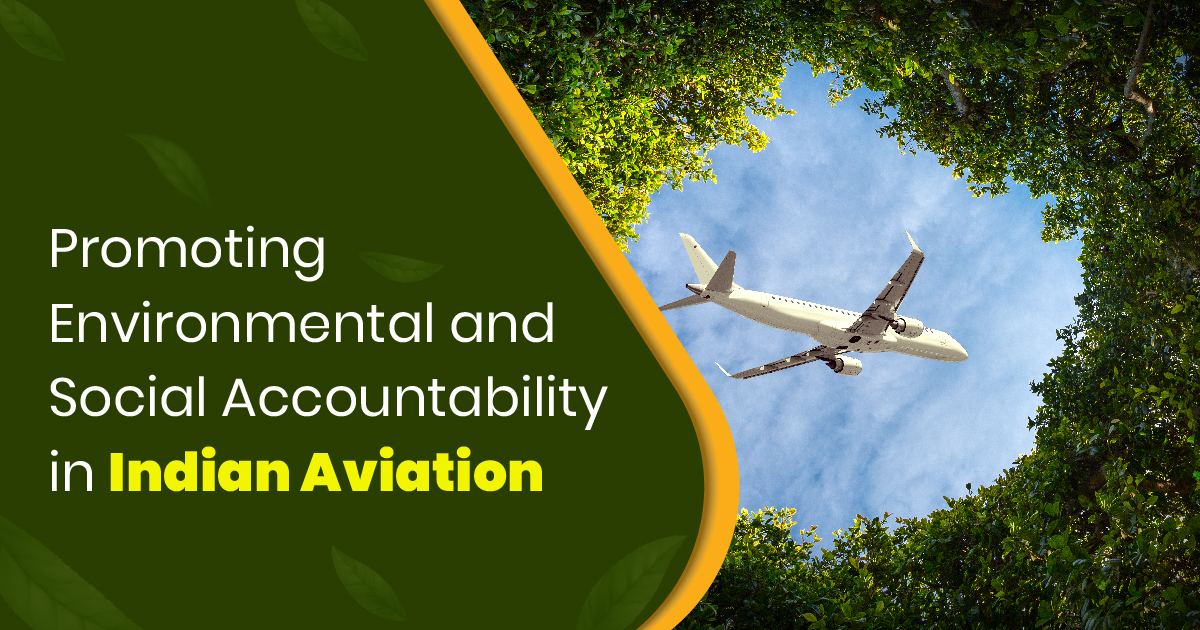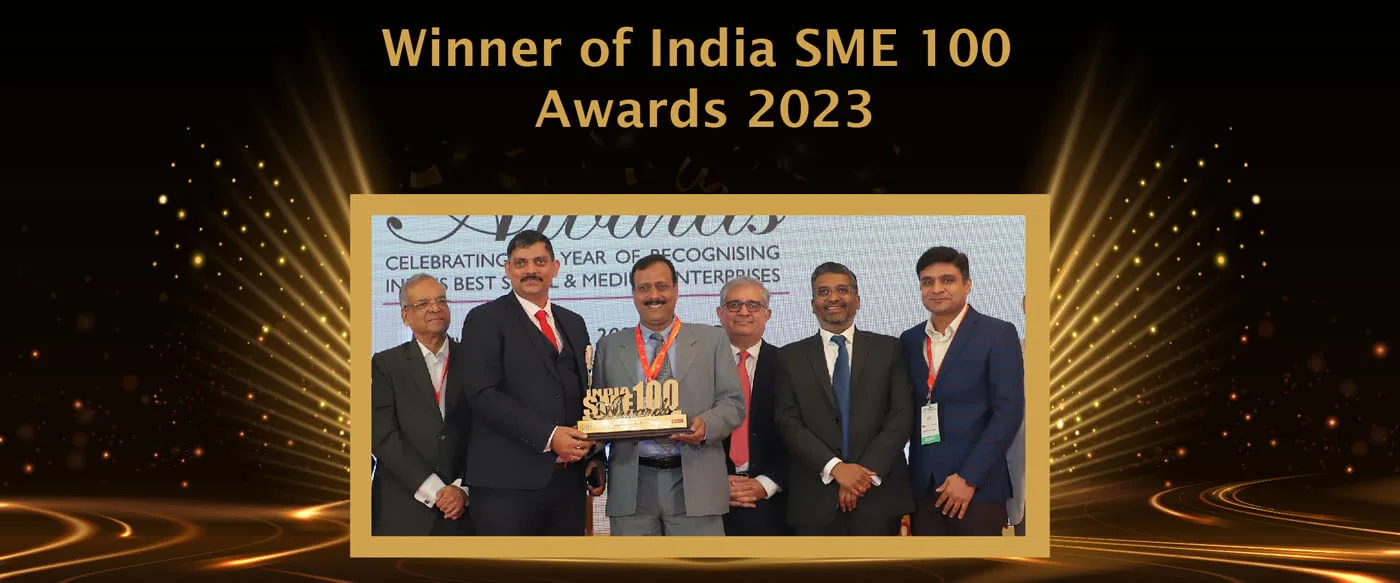Promoting Environmental and Social Accountability in Indian Aviation
There has been an increase in the use of Indian Aviation in the past few years. Also, in India, people are giving preference to air travel. The reason is not just that it is an efficient of transportation. But also, it is the best way to explore remote locations. That means you can consider this option for Dham Yatra. Do not worry about the price as now you can enjoy this trip at affordable rates. The Do Dham Yatra by helicopter cost is highly competitive. So, more and more people are considering airways for this religious journey.
The Imperative for Sustainable Indian Aviation
India’s aviation industry is growing fast and now it has become the third-largest in the world. Many reasons contribute together to this growth like affordable flight rates and better infrastructure. But, there’s a problem with this growth. It is making the environment worse.
Aviation contributes about 2.5 percent to the world’s carbon dioxide pollution. But the Indian aviation industry is working hard to tackle this problem and become more sustainable. They are aiming to produce zero carbon emissions by the year 2050.
Current Emission Scenario and Future Projections
Between 2021 to 2050, commercial aviation is projected to generate a large quantity of CO2. But despite this, passenger numbers are expected to rise. The rise is expected to be from 2.05 billion in 2021 to an estimated 10.04 billion in 2050. To balance this growth, the aviation sector must focus on improving aircraft efficiency. The industry needs to embrace Sustainable Aviation Fuel also referred to as SAF. Moreover, they also need to explore innovative technologies.
Continuous Improvement in Aircraft Efficiency
Efforts to improve conventional aircraft have already been made. This includes advancements in design, fuel efficiency, engines, and materials. This has already resulted in a 30% improvement in aircraft efficiency. However, the industry must continue these advancements to achieve further gains. There is lots of talk about the Future of Cargo lifting with a helicopter. But to achieve this, the helicopter needs to have the best efficiency.
System Efficiencies in Focus
Beyond aircraft-specific measures, attention should be directed to system efficiencies. This includes production techniques, airport operations, maintenance, and airspace management. These practices can contribute significantly to overall sustainability and emission reduction.
Sustainable Aviation Fuel (SAF) as a Game-Changer
SAF holds promise as a key element in the pursuit of sustainable aviation. It is derived from renewable sources such as waste oil, fats, green and municipal waste, and non-food crops. The challenge lies in addressing supply issues that currently limit the widespread use of SAF.
Overcoming Challenges in SAF Adoption
SAF is currently blended at a 50% ratio with conventional aviation fuel. A substantial increase in its utilization could contribute up to 65% of the emissions reduction required to reach net zero. The use of hydrogen in aviation, according to an EU report, could further reduce the industry’s impact by 50% to 75%. This aligns with global initiatives promoting hydrogen across various transport sectors.
India’s Proactive Approach to Sustainable Aviation
India’s Ministry of Civil Aviation (MoCA) has emerged as a proactive force in promoting sustainable development in the aviation sector. The Government knows the potential of SAF. So, the authority has set an ambitious target of achieving a 10% blending of SAF with conventional jet fuel by 2030. Also, private jet charter services are focusing on sustainable aviation measures.
The MoCA collaborates with industry players to develop the SAF supply chain. The best example of this is the recent partnership between Indian Oil Corporation and LanzaJet. The reason for this collaboration is to establish a commercial-scale SAF plant in India.
Economic Impact and Job Creation
Investing in sustainable aviation not only addresses environmental concerns. But it also fosters economic development. The development of the SAF supply chain creates job opportunities in biomass production, waste management, and fuel transportation. Corporate clients in India have already invested significantly in SAF and this indicates a growing interest and potential for economic growth. The Future of Cargo lifting with a helicopter is also going to help create more job opportunities in this sector.
Green Aviation Policy and Regulatory Framework
The Indian government’s proposed Green Aviation Policy seeks to establish a regulatory framework. The focus of the policy is on addressing environmental issues in civil aviation. This includes transitioning airports to electric-powered machinery and vehicles during ground handling operations. Additionally, the MoCA organizes knowledge-sharing sessions to standardize the Carbon Accounting and Reporting framework of Indian airports. This contributes to climate change mitigation.
Industry Initiatives and Public Awareness
Investment in Fuel-Efficient Planes
The Indian private jet charter services are actively investing in more fuel-efficient planes. They are using planes like the Airbus A320neo and the Boeing 737 MAX. These modern aircraft contribute to lower carbon emissions compared to older models. This approach is as per the industry’s commitment to sustainability.
Carbon Offset Programs and Public Participation
To further offset carbon emissions, Indian airlines like IndiGo and Vistara have introduced carbon offset programs. These initiatives allow passengers to invest in renewable energy projects to neutralize the environmental impact of their flights. However, India is not currently participating in the voluntary phases of the Carbon Offsetting and Reduction Scheme for Aviation (CORSIA). The offsetting requirements for Indian carriers will commence in 2027.
A Greener Future for Indian Aviation
India’s aviation industry stands at a critical point. Here sustainable practices are not just an option but a necessity. The rigorous efforts of the government, aviation companies, and the public are taking the sector towards a greener future. The Indian companies are prioritizing aircraft efficiency improvements, embracing SAF, and investing in cutting-edge technologies. India’s aviation industry has the potential not only to achieve its net-zero goals. But it can also create a more sustainable and economically vibrant future.
Conclusion:
The journey towards environmental and social responsibility in Indian aviation is happening. And each step contributes to a more responsible and robust industry. As India continues its commitment to sustainable development, the aviation sector’s development shows a commitment to a greener tomorrow. The interlinking of economic growth, job creation, and environmental responsibility showcases a holistic approach to sustainability. And this helps in setting an example for the global aviation industry to follow.
Multifaceted strategies have been adopted by India to foster environmental and social responsibility in aviation. Companies like Megamax Aviation are not just working on reducing the Do Dham Yatra by helicopter cost. But they are also working on a greener approach in the aviation industry.
So, if you are looking to avail packages like Dham Yatra by helicopter, you can rely on this reliable company. They provide cost-efficient services focusing on sustainable aviation measures.




test by Sushant